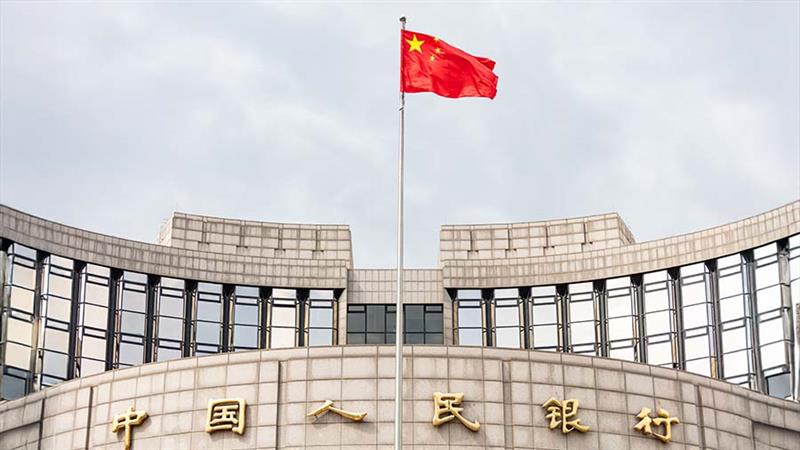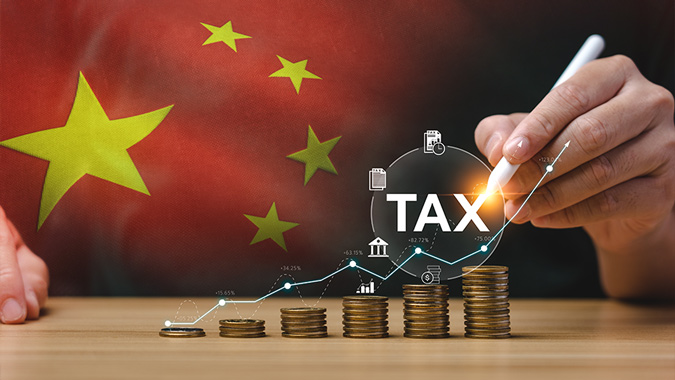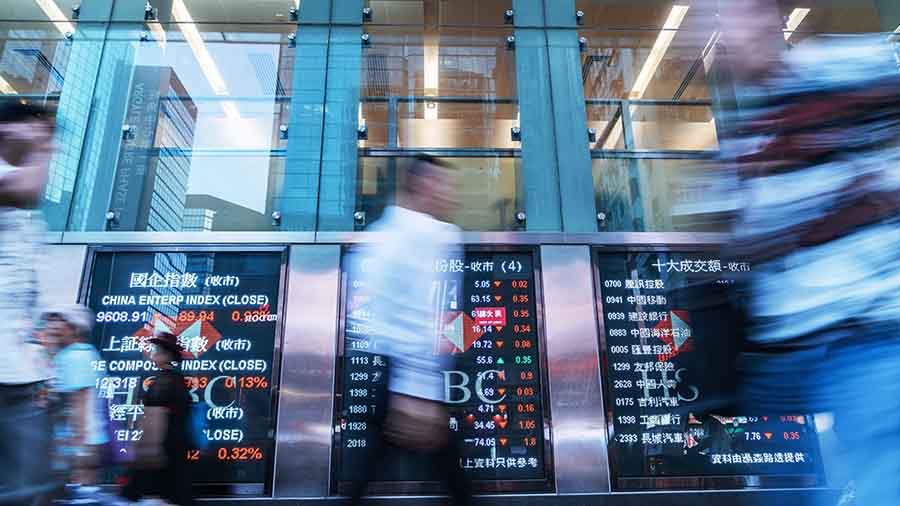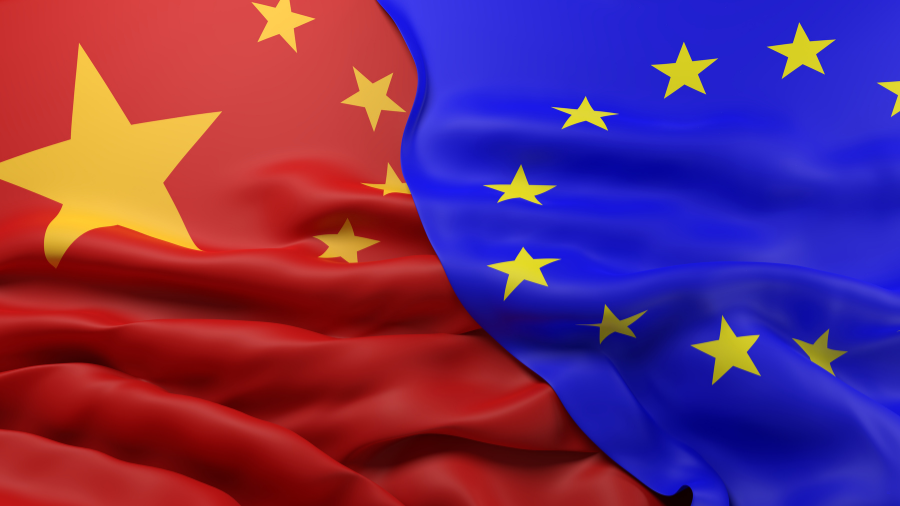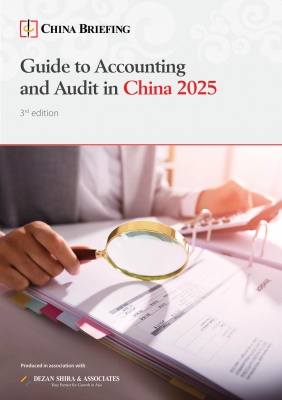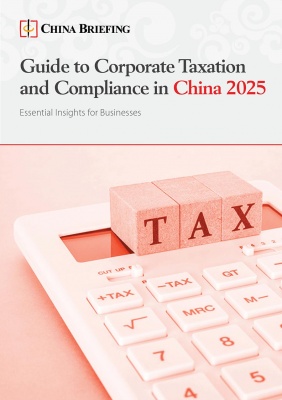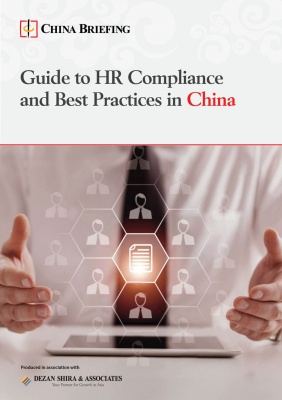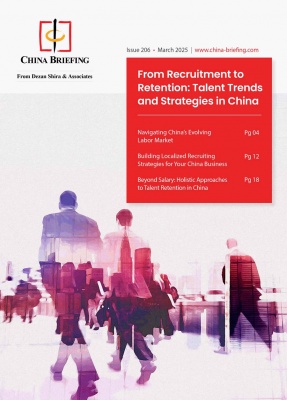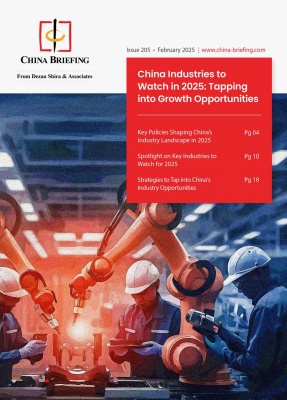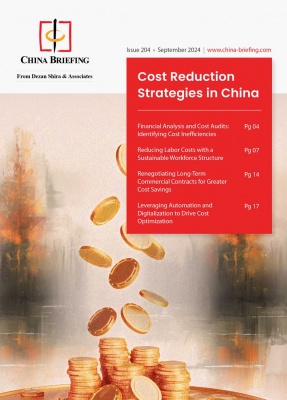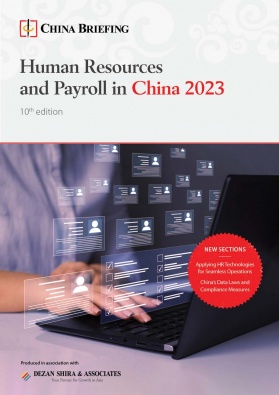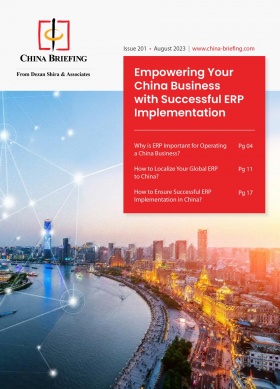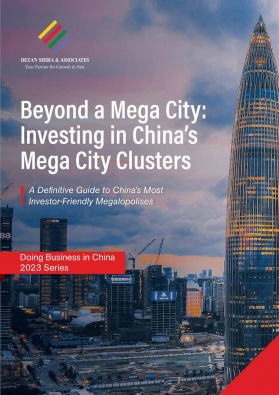China’s Golden Week Boosts Consumption, Showing Positive Economic Signs
China’s golden week witnessed robust spending in the travel and retail sectors, with new trends stimulating opportunities for businesses. We run through some of the numbers, indicating a surge in consumption and tourist activity, which offer encouraging signs for the Chinese economy amid the recent slowdown.
China just closed its “Golden Week,” which spanned eight consecutive days, with the overlap of China’s National Day holidays and the Mid-Autumn Festival. This year, the period marked a robust season for the travel and retail sectors, offering a glimmer of hope amid the economic challenges that have overshadowed China in recent months.
During the holidays, China witnessed a surge in domestic passenger trips, with a total of 826 million journeys—a remarkable 71.3 percent increase compared to the previous year and a 4.1 percent rise from 2019. The holiday tourism sector contributed significantly, generating RMB 753.43 billion (US$104.68 billion) in revenue, marking a staggering 129.5 percent year-on-year (y-o-y) growth and a 1.5 percent increase from 2019. These official figures from the Ministry of Culture and Tourism highlight how the extended holiday period has ignited a wave of domestic travel, providing a much-needed boost to spending during a challenging economic climate.
Understanding the figures and trends in tourist consumption in China
After a protracted pandemic, China has experienced a consistent resurgence in tourism demand in 2023. The Ministry of Culture and Tourism reports that during the first half of the year, the total number of domestic tourist trips reached 2.38 billion, marking an impressive 63.9 percent increase compared to the previous year. This positive trend continues during the National Day holiday, with the tourism industry currently experiencing a remarkable upswing in activity.
Domestic consumption exhibited robust growth during the holidays, achieving its strongest performance since 2019. For example, the average daily consumption scale in the service retail sector surged by 153 percent compared to the same period in 2019, while dine-in consumption saw an even more remarkable increase of 254 percent, as reported by China’s e-commerce platform Meituan. In addition, during the first seven days of the holidays, sales at key monitored retail and dining enterprises saw a 9 percent y-o-y increase, while major commercial areas in 36 cities witnessed a remarkable 164 percent y-o-y rise in passenger traffic, according to data from the Ministry of Commerce released on October 7.
At the provincial level, data also reveal impressive increases. For example, Shanghai welcomed 21.30 million holiday tourists, seeing a 29.7 percent y-o-y increase in tourism transactions to RMB 29.24 billion (US$4.06 billion). Inner Mongolia had 14.53 million tourists in the first five holiday days, a 538 percent y-o-y rise and 1.29 times more than 2019. The region generated RMB 9.93 billion (US$1.38 billion) in tourism revenue, recording a 6.31 times y-o-y increase, which was 1.12 times more than 2019. Hainan, a tropical tourist destination, recorded RMB 1.01 billion yuan ($140.24 million) in duty-free sales from September 29 to October 4, a 94.2 percent y-o-y increase. Regions like Tibet, Qinghai, Ningxia, and Heilongjiang, known for long-term travel, have experienced a year-on-year surge in the popularity of tourism products, surpassing 300 percent.
What are the new trends in China’s tourism market?
This year’s Mid-Autumn Festival and National Day holiday tourism market presented several new trends.
A rising trend called “reverse tourism” is gaining traction this year, with travelers in China deliberately opting for less traveled or unconventional destinations. It contrasts with the typical long queues at populated, touristy places observed in previous years. This trend appeals particularly to younger generations who prefer lesser-known cities, opt for hotel stays, occasionally order takeout, and plan their trips at a leisurely pace for a comfortable and unique experience.
Additionally, the concept of “traveling with performances” is emerging as a fresh dimension of the travel experience. Concerts and music festivals have become pivotal in attracting travelers and boosting tourism spending. Moreover, during the summer season, urban tourist destinations with rich cultural heritage and convenient amenities were especially favored by travelers.
The fusion of cultural and tourism consumption in the performance economy offers a unique experience. The cultural perspective also features a resurgence of traditional “national style,” where people dress up in traditional attire to gain a glimpse into the history.
What are the trends in international tourism in China?
International tourism in China also saw a rebound, with 11.8 million trips made in and out of the country over the eight-day holiday, marking a nearly three-fold increase from the previous year when quarantine requirements were in place. Popular destinations for outbound travel during the holiday included Thailand, Singapore, Malaysia, South Korea, as well as more distant countries, such as Switzerland, Spain, Türkiye, the United Kingdom, and France.
However, this figure was still only 85 percent of the total recorded in 2019, indicating that international travel has not fully recovered to pre-pandemic levels or government projections. The Civil Aviation Administration of China shows that weekly passenger flights in September were at 52 percent of the 2019 figure, covering nearly 90 percent of international routes.
Two main factors are influencing the recovery of outbound travel. First, the availability of flights below pre-pandemic levels and concerns about overseas crime and scams may be deterring some travelers. Second, the cost of overseas trips is still a consideration, and people are cautious due to the perceived expense. A stable income is a key factor that will influence their decision to travel abroad.
To boost international tourism, the State Council of China announced 30 measures in late September, aiming to improve visa policies, increase international flights, and streamline processes, such as hotel registrations, ticket purchases, and payment methods for overseas tourists. These measures are expected to contribute to the gradual recovery in the travel industry.
What do the numbers show about the trends in China’s economy?
Positive signs
Numbers from the holiday demonstrate the resilience and positive signs of recovery of China’s economy. It is expected that the economy will achieve a full recovery by the end of 2023, or at the latest, by February 2024, following a period of major slowdown earlier this year.
Several international investment banks have raised their 2023 GDP growth forecasts for China. On October 5, Citigroup and J.P. Morgan revised their annual China growth projections to 5 percent, aligning with Beijing’s growth target and surpassing their previous forecasts of 4.7 percent and 4.8 percent, respectively. This upturn is attributed to China’s steady economic recovery and effective macroeconomic stimulus policies, showcasing the nation’s substantial economic development and consumption potential, which will continue to bolster economic growth in the fourth quarter.
Similarly, the International Monetary Fund (IMF) also expressed confidence that China could achieve approximately 5 percent growth this year. The World Bank held a more cautious stance, recently lowering its 2024 forecast for China’s GDP growth from 4.8 percent to 4.4 percent, citing ongoing challenges such as high debt levels, the property market crisis, and an aging population.
China’s economy is displaying encouraging signs of recovery from its post-pandemic challenges. Recently, it recorded its first expansion in factory activity in six months. The official manufacturing Purchasing Managers’ Index (PMI) for China increased to 50.2 in September, up from 49.7 in the previous month. This marks the first instance of expansion since March, as reported by the National Bureau of Statistics on September 30. A PMI reading above 50 indicates growth or expansion, while a reading below signifies contraction. Additionally, activity in the services and construction sectors also gained momentum last month, with a separate index reaching 51.7, its highest level in three months. These developments suggest positive momentum in China’s economic recovery.
Potential concerns
Despite lifted lockdowns, the anticipated surge in consumer spending has not materialized in China. China’s economy faces challenges, including a sluggish property sector, weak confidence, and youth unemployment exceeding 21 percent. While growth forecasts have been adjusted upward, analysts caution that the recent uptick may be temporary, and consumer enthusiasm might wane as routines return. The Chinese public is also cautious to spend as concerns about income stability persist in an uncertain labor market.
To achieve the government’s GDP growth target of approximately 5 percent for 2023, authorities have increased fiscal spending and provided support for housing sales. These measures include interest rate cuts, relaxing home and car purchase restrictions, and enabling local governments to accelerate infrastructure investment through borrowing. However, subdued consumer spending remains a concern, as people worry about job security and income.
Takeaways for foreign businesses
The increased spending during holidays in China, coupled with lingering economic concerns, offers both opportunities and challenges for foreign businesses. On one hand, the surge in consumption presents chances for foreign companies to tap into this potential with strong demand. Understanding the specific consumer concerns related to income stability and economic uncertainties can help foreign businesses tailor their messaging and promotions to address these anxieties and build trust with Chinese consumers.
At the same time, these businesses should remain attentive to the ongoing challenges in the Chinese economy, such as the real estate crisis and high youth unemployment. These factors can influence consumer sentiment and purchasing power, which, in turn, may impact certain industries differently. As such, a nuanced approach to market entry and expansion, combined with ongoing market research and adaptability, will be key for foreign businesses to navigate the evolving economic landscape in China effectively.
About Us
China Briefing is written and produced by Dezan Shira & Associates. The practice assists foreign investors into China and has done so since 1992 through offices in Beijing, Tianjin, Dalian, Qingdao, Shanghai, Hangzhou, Ningbo, Suzhou, Guangzhou, Dongguan, Zhongshan, Shenzhen, and Hong Kong. Please contact the firm for assistance in China at china@dezshira.com.
Dezan Shira & Associates has offices in Vietnam, Indonesia, Singapore, United States, Germany, Italy, India, Dubai (UAE), and Russia, in addition to our trade research facilities along the Belt & Road Initiative. We also have partner firms assisting foreign investors in The Philippines, Malaysia, Thailand, Bangladesh.
- Previous Article China’s Pivot from Energy Consumption to Carbon Emissions Controls: Impact on Companies
- Next Article China Monthly Tax Brief: September 2023

